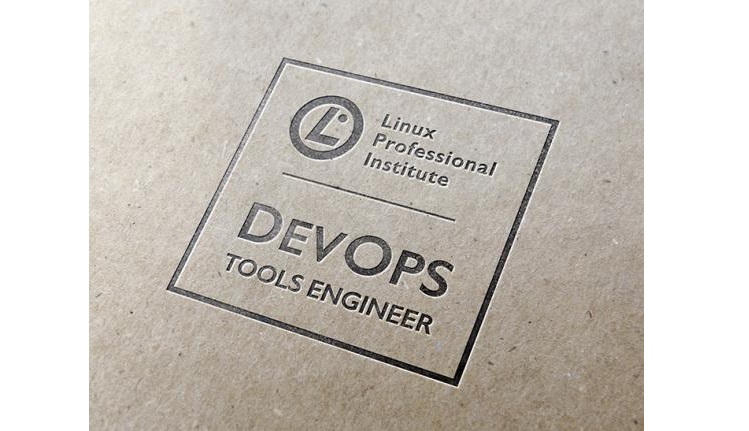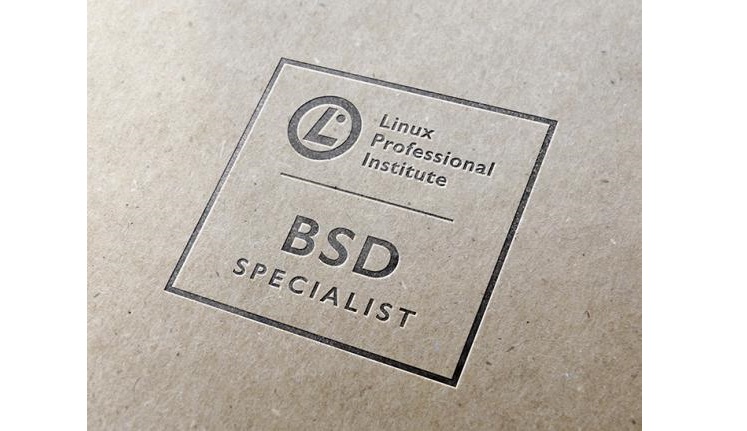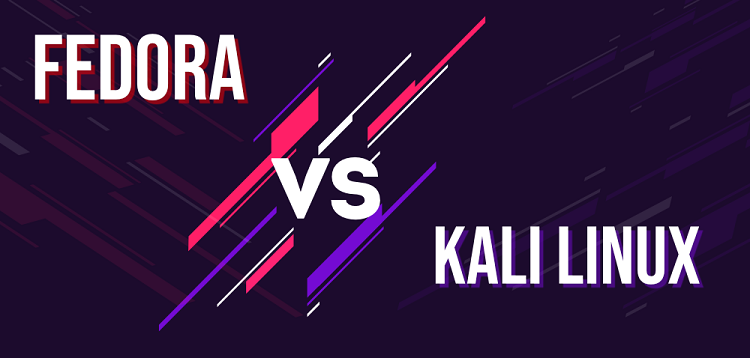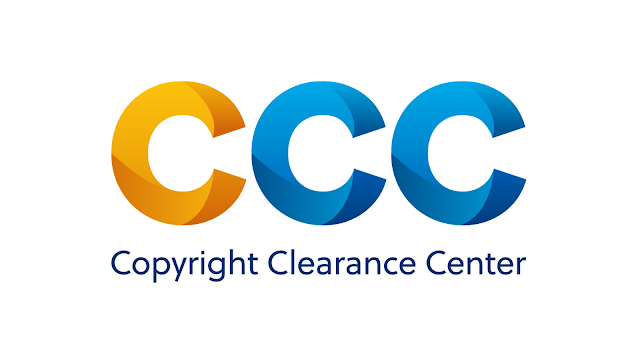Overview
The LPI Linux Essentials (010-160) is offered by Linux Professional Institute (LPI), which continuously adopts worldwide individual users, government entities, and industries to embrace open source technologies. This is an entry-level exam redefining traditional Information and Communication Technology (ICT) job roles to require more Linux skills. Therefore, we have designed some best Linux Essential (LPI 010-160) Interview Questions along with our experts to help you ace your exam with flying colors.
Now, let’s begin with some Linux Essential (LPI 010-160) Interview Questions.
1. What does Linux distribution have?
A Linux distribution is a bundle that consists of a Linux kernel and a selection of applications that are maintained by a company or user community.
2. What is Ubuntu?
Ubuntu is Debian-based distribution. Ubuntu was created by Mark Shuttleworth and his team in 2004, with the purpose to bring an easy-to-use Linux desktop environment. Ubuntu’s mission is to provide free software to everyone over the world as well as to cut the cost of professional services.
3. What are Embedded Systems?
Embedded systems are a combination of computer hardware and software designed to have a specific function within a larger system.
4. Where are Embedded systems found?
Embedded systems are mainly found in automotive, medical, and even military applications. Due to its broad variety of applications, a number of operating systems based on the Linux kernel were developed in order to be used in embedded systems. A significant part of smart devices have a Linux kernel based operating system running on it.
5. What do you understand by Raspberry Pi?
Raspberry Pi is a low cost, credit-card sized computer that can function as a full-functionality desktop computer, but it can be used within an embedded Linux system.
6. Why do you use Office Applications?
Office applications are used for editing files such as texts, presentations, spreadsheets, and other formats commonly used in an office environment. Moreover, these applications are usually organized in collections called office suites.
7. List the two main web browsers in the Linux environment?
◉ Firstly, Google Chrome
◉ Secondly, Mozilla Firefox
8. What is Thunderbird?
Mozilla develops applications, like the e-mail client Thunderbird. Multiple users opt to use webmail instead of a dedicated email application, but a client like Thunderbird offers extra features and integrates best with other applications on the desktop.
9. List some of the most popular multimedia applications for the Linux environment?
◉ Blender
◉ GIMP
◉ Inkscape
◉ Audacity
◉ Lastly, ImageMagick
10. How Linux machines share data?
The NFS protocol is the standard way to share file systems in networks equipped only with Linux machines. With NFS, a computer can share one or more of its directories with specific computers on the network, so they can read and write files in these directories. Moreover, NFS can even be used to share an entire operating system’s directory tree with clients that will use it to boot from.
11. Expand and explain DHCP?
DHCP stands for Dynamic Host Configuration Protocol. DHCP is responsible for assigning an IP address to the host when a network cable is connected or when the device enters a wireless network. A DHCP server is very useful in local area networks also, to automatically provide IP addresses to all connected devices.
12. List some of the most popular programming languages?
To begin with, JavaScript
◉ C
◉ Java
◉ Perl
◉ Shell
◉ Python
◉ Lastly, PHP
13. What are the two major desktop environments in the Linux world?
◉ Gnome
◉ KDE
14. List Linux well know open source hypervisors?
◉ Xen
◉ KVM
◉ Lastly, VirtualBox
15. What are Cookies?
Cookies are small files a website can save on your computer in order to store and retrieve some kind of information that can be useful for your navigation.
16. Why is Encryption needed?
Whenever data is transferred or stored, precautions need to be taken to ensure that third parties may not access the data. Data transferred over the internet passes by a series of routers and networks where third parties might be able to access the network traffic. Furthermore, data stored on physical media might be read by anyone who comes into possession of that media. To avoid this kind of access, confidential information should be encrypted before it leaves a computing device.
17. What is TLS?
Transport Layer Security (TLS) is a protocol to offer security over network connections by making use of cryptography. TLS is the successor of the Secure Sockets Layer (SSL).
18. List the different types of Shells in Linux?
There are several different shells on Linux, these are just a few:
◉ Bourne-again shell (Bash)
◉ C shell (csh or tcsh, the enhanced csh)
◉ Korn shell (ksh)
◉ Lastly, Z shell (zsh)
19. List different commands that shell supports?
The shell supports two types of commands:
◉ Internal
◉ Lastly, External
20. In Bash, there are three types of quotes. List them?
◉ Firstly, Double quotes
◉ Secondly, Single quotes
◉ Lastly, Escape characters
21. Define Compression?
Compression is used to reduce the amount of space a specific set of data consumes. Compression is commonly used for reducing the amount of space that is needed to store a file. Another common use is to reduce the amount of data sent over a network connection.
22. What is the difference between Lossy and Lossless algorithms?
Things compressed with a lossless algorithm can be decompressed back into their original form. Data compressed with a lossy algorithm cannot be recovered. Lossy algorithms are often used for images, video, and audio, where the quality loss is imperceptible to humans, irrelevant to the context, or the loss, is worth the saved space or network throughput.
23. What is the use of Archiving tools?
Archiving tools are used to bundle up files and directories into a single file. Some common uses are backups, bundling software source code, and data retention.
24. What is I/O Redirection?
I/O redirection enables the user to redirect information from or to a command by using a text file. The standard input, output, and error output can be redirected, and the information can be taken from text files.
25. List some Linux based operating system?
◉ Linux-based Operating Systems
◉ Enterprise Linux
◉ Consumer Linux
26. List Windows-based Operation Systems?
◉ Windows Servers
◉ Windows Desktops
27. Mention the three Linux distributors?
◉ Enterprise Grade Linux Distributions
◉ Consumer Grade Linux Distributions
◉ Lastly, Experimental and Hacker Linux Distributions
28. What does Unix Operating Systems include?
◉ AIX
◉ FreeBSD, NetBSD, OpenBSD
◉ HP-UX
◉ Irix
◉ Lastly, Solaris
29. What is Unix?
Before we had Linux as an operating system there was Unix. Unix was sold with hardware and even today several commercial Unixes such as AIX and HP-UX are available on the market.
30. What do you understand by a motherboard?
All of a system’s hardware needs to interconnect. Therefore, a motherboard normalizes that interconnection using standardized connectors and form factors. It also provides support for the configuration and electrical needs of those connectors.
31. What is a device directory?
The device directory contains device files for all connected hardware devices. These device files are used as an interface between the devices and the processes using them.
32. Mention the two different types of device directory?
Each device file falls into one of two categories:
◉ Firstly, Block devices
◉ Lastly, Character devices
33. List the main memory types of Linux?
◉ Physical memory
◉ Lastly, Swap
34. List the different layers of networking?
◉ Link Layer
◉ Network Layer
◉ Lastly, Application Layer
35. What is the need to use 31-bit Subnet Mask?
◉ In mixed routing mode, you can configure any external interface to use an IPv4 address with a 31-bit subnet mask.
◉ Lastly, a 31-bit subnet mask is often used for an interface that is the endpoint of a point-to-point network.
36. What is the use of 32-bit Subnet Mask?
◉ A 32-bit subnet mask defines a network with only one IP address.
◉ Lastly, in mixed routing mode, you can only configure a 32-bit subnet mask for a physical external interface.
37. Can you use 32 subnet mask for a virtual external interface?
No, we cannot use 32 subnet masks for a virtual external interface, such as a VLAN or Link Aggregation interface because you cannot configure a virtual external interface with a default gateway on a different subnet.
38. List the major prefix types in IPv6?
◉ Global Unique Address
◉ Unique Local Address
◉ Lastly, Link Local Address
39. What are the three most common file types?
◉ normal file
◉ directory
◉ Lastly, soft link.
40. What are Temporary Files?
Temporary files are files used by programs to store data that is only needed for a short time. These can be the data of running processes, crash logs, scratch files from an autosave, intermediary files used during file conversion, cache files, etc.
Source: testpreptraining.com
























